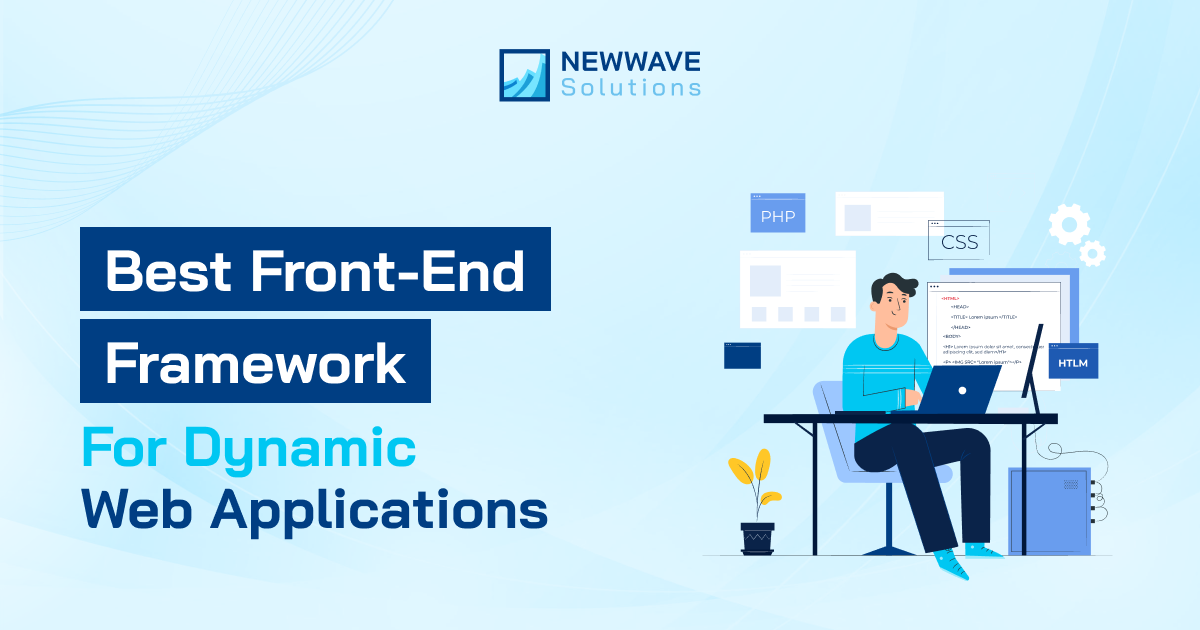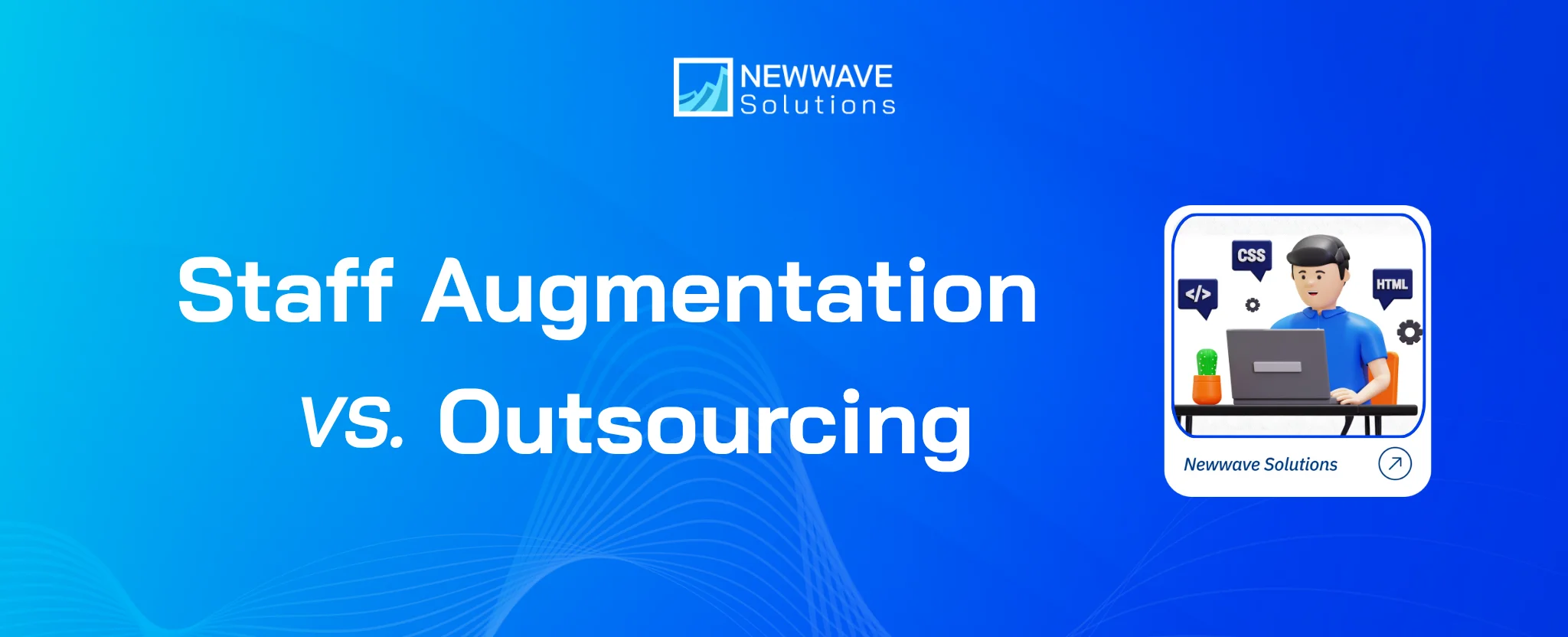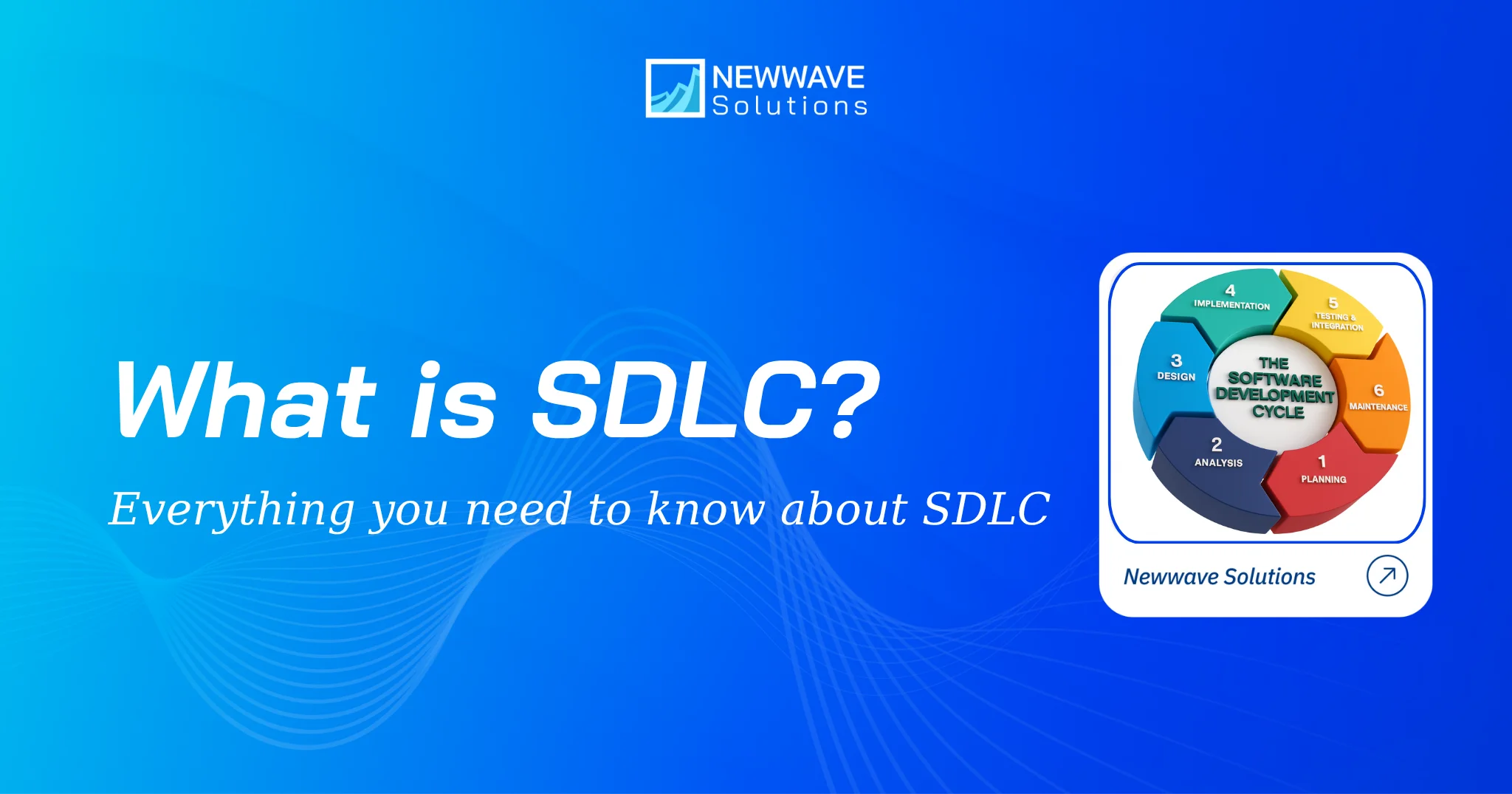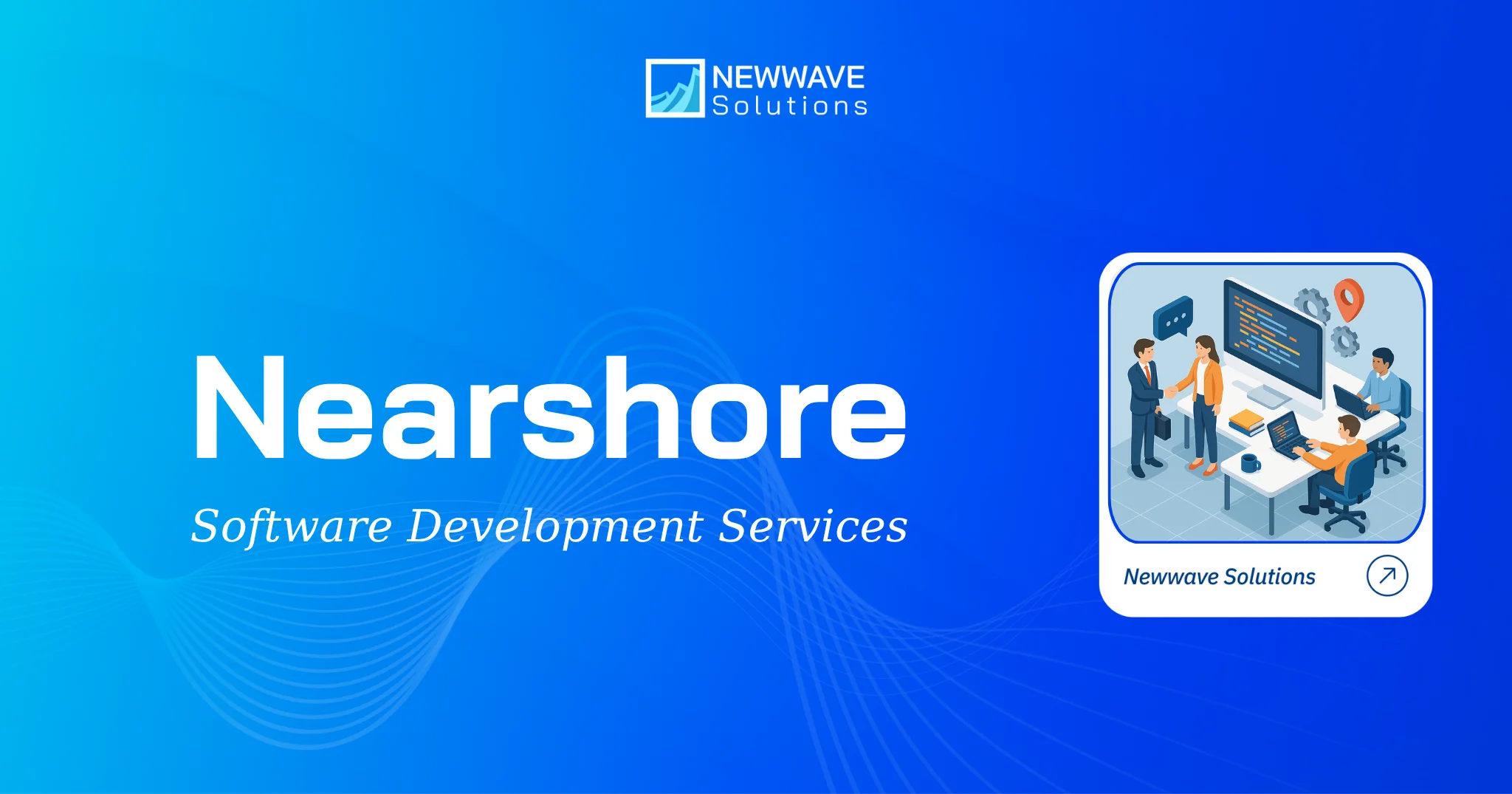Choosing the Best Front End Framework for Dynamic Web Applications

In the ever-evolving landscape of web development, selecting the right front end framework is crucial for crafting dynamic and responsive user interfaces. These frameworks empower front-end developers to streamline the development process, enhance application performance, and build a solid foundation for captivating user experiences. Whether you’re considering a simple website or a feature-rich web application, there’s a web front end framework out there to simplify your development journey.
1. What is a Front end Framework?

In the realm of web development, front end frameworks have become the go-to tools for crafting user interfaces (UI) and interactive web experiences. These frameworks function as collections of pre-written code snippets, helpful tools, and libraries that streamline the development process.
Essentially, a web front end framework offers a structured approach to building web applications. It provides a set of conventions, best practices, and reusable components that act as building blocks for your UI. By abstracting away complex, low-level details and offering a consistent architecture, these frameworks empower front-end developers to focus on the core functionalities and user experience of their applications.
1.1 Components of a Front-End Framework
Most front end development frameworks share some essential components:
- UI Components: These are pre-built, reusable building blocks for your UI, such as buttons, forms, menus, and interactive elements. Imagine a toolbox filled with ready-made UI components you can easily integrate into your application.
- Routing: This functionality manages how users navigate your application on the client side (their web browser) and how URLs are handled. It ensures a smooth user experience as they move between different sections of your web app.
- State Management: Front end frameworks provide tools for managing and updating the application’s state, which refers to the data displayed and interacted with on the screen. This ensures that all parts of your application stay in sync and reflect the latest data.
- Templating Engine: This feature allows you to define and render dynamic HTML templates based on your application’s data. Think of it as a mold that you can use to shape your UI based on the information your application needs to display.
- Development Tools: Many frameworks offer features like hot module replacement (updating code without reloading the entire page), code linting (identifying potential errors), and testing utilities to enhance the development experience and streamline the coding process.
1.2 Importance of Front-End Frameworks
There are several compelling reasons why front end frameworks have become so popular:
- Boosting Productivity: By providing pre-built components and a structured approach, frameworks significantly reduce development time and effort, allowing developers to focus on the core functionalities and user experience of their applications.
- Ensuring Consistency: Frameworks often enforce coding conventions and best practices, leading to more maintainable and scalable codebases. This makes it easier for different developers to work on the same project and reduces the likelihood of errors.
- Optimizing Performance: Many frameworks leverage advanced techniques like virtual DOM and efficient rendering to ensure your web application performs well, delivering a smooth and responsive user experience.
- Thriving Communities: Popular front end frameworks like React, Angular, and Vue.js boast large and active communities. These communities contribute to the framework’s growth, provide valuable resources and tutorials, and offer support to developers facing challenges.
1.3. Choosing the Right Framework
Here are some key factors to consider when selecting the most suitable front end framework for your project:
- Project Requirements: The complexity of your web application plays a crucial role. Simpler projects might benefit from a lightweight framework like Vue.js, while feature-rich applications might require the comprehensive structure offered by Angular.
- Team Expertise: Consider your development team’s familiarity with various frameworks. Opting for a framework your team is comfortable with can streamline development and reduce the learning curve.
- Community and Support: A robust community and extensive documentation are essential for ongoing learning and troubleshooting. Look for frameworks with active communities that can provide assistance and share best practices.
- Testing Frameworks: Integration with established front end testing frameworks is crucial for ensuring code quality and maintaining a clean codebase.

While Java is primarily a back-end programming language, some frameworks like Vaadin and GWT can be used for front-end development. However, these frameworks are not as widely adopted as pure JavaScript-based front end frameworks like React or Angular.
By carefully considering these factors and exploring the capabilities of various best front end frameworks, you can make an informed decision that empowers your development team to create exceptional web applications.
See more: 5 Essential Java Web Frameworks You Must Know In 2024
1.4. Is React a Front-End Framework?
Absolutely! React is a widely used and popular web front end framework. It offers all the benefits mentioned above and is a great choice for many web development projects. However, there are numerous other excellent front end frameworks available, each with its strengths and ideal use cases. Selecting the best front end framework for your project depends on various factors, such as project requirements, developer expertise, and desired functionalities.
2. Benefits of Front-end Framework
Choosing the right front end framework can significantly enhance your web development workflow. These frameworks offer a variety of benefits that make them invaluable tools for modern developers.
2.1 Boosting Productivity
Front end frameworks provide a wealth of pre-built components and utilities, reducing the need for writing boilerplate code from scratch. This accelerates development time and allows developers to focus on building application-specific functionality.
2.2 Organized and Maintainable Code
Frameworks promote a structured and modular approach to code organization. This makes it significantly easier to manage and maintain complex web projects, especially as they grow in size. Imagine pre-built building blocks that can be easily reused throughout your application – that’s the power of components in a framework! By encouraging code reuse, frameworks reduce duplication and ensure consistency across your application’s codebase.
2.3 Smoother User Experiences
Many modern front end frameworks prioritize performance. They achieve this through techniques like virtual DOM and efficient rendering algorithms. These fancy terms essentially mean the framework works hard behind the scenes to deliver a smooth and responsive experience for users, even when interacting with intricate applications that handle a lot of data.
2.4 Robust Ecosystem and Community Support

Popular front end frameworks benefit from large and active communities of developers. These communities contribute to the ongoing development and improvement of the frameworks. This translates to a wealth of resources readily available to you, including libraries, tools, and troubleshooting guides. With a strong community behind you, you’ll find it easier to overcome challenges and stay informed about the latest best practices in front-end development.
2.5 Cross-Platform Compatibility
A major advantage of many front end frameworks is their ability to work across different platforms. This is called being platform-agnostic. By using a framework with this feature, you can build web applications that function flawlessly on various devices and platforms, including web browsers, mobile phones, and even desktop applications.
In addition to development frameworks, there are also specialized front end testing frameworks available. These frameworks help developers ensure their web applications function correctly and provide a positive user experience. By understanding the benefits and various considerations of front end frameworks, you can make informed decisions to streamline your web development process and create exceptional web applications.
3. The State of Best Frontend Frameworks
The front end development landscape is constantly evolving, with new frameworks emerging and existing ones being refined to meet the ever-changing demands of modern web applications. In 2024, several frameworks have established themselves as industry leaders, each with its strengths and use cases.
The graph highlights the popularity of various web front end frameworks based on usage statistics. Currently, the top three contenders are React, Vue.js, and Angular. These frameworks have been around for several years and remain popular choices due to their strengths and active communities.
Beyond these giants, frameworks like Svelte, Preact, and Ember also hold a strong presence in the developer community. Svelte has seen a steady rise in popularity in recent years, while Preact had a brief surge before settling. Ember, once a major player, has seen a decline but remains a solid option.

Here’s a quick overview of some of the best front end development frameworks available today:
| Framework | Description | Key Advantages | Ecosystem |
| React | A JavaScript library for building user interfaces, developed and maintained by Facebook | Virtual DOM, reusable components, large community | Extensive, with a vast ecosystem of libraries and tools |
| Angular | A full-fledged framework for building web and mobile applications, backed by Google | TypeScript support, robust tooling, modular architecture | Strong ecosystem, especially for enterprise-level applications |
| Vue.js | A progressive JavaScript framework for building user interfaces | Approachable, flexible, and performant | Growing ecosystem, with a focus on simplicity and developer experience |
| Svelte | A modern, component-based framework that compiles to highly optimized JavaScript | Truly reactive, no virtual DOM, small bundle sizes | Emerging ecosystem, gaining popularity for its performance |
| Solid | A JavaScript library for building user interfaces focused on simplicity and performance | Automatic state updates, TypeScript support, efficient rendering | Newer ecosystem, but gaining traction for its innovative approach |
With such a diverse range of front end developer frameworks available, you can find the perfect tool to suit your project’s needs, whether it’s building a complex enterprise application or a lightweight, performant user interface.
4. Top 5 Best Frontend Frameworks in 2024
Choosing the best front end framework depends on your project’s specific needs, but some options consistently rank high in popularity and developer satisfaction. Let’s explore some of the most popular front end frameworks used today:
See more: Top Ten Backend Frameworks For Modern Web Development
4.1 React
React stands out as the go-to front end framework, and for good reasons. Its widespread adoption and dominance in job listings make it a top contender for front end development. Here’s why React is a popular choice:

Pros:
- Faster Performance: React’s virtual DOM minimizes updates to the real DOM, leading to smoother user experiences.
- Reusable Components: Building complex interfaces becomes easier with React’s modular and reusable component architecture.
- Rich Ecosystem: A vast and active community provides a wealth of resources, libraries, and tools for developers.
- Cross-Platform Development: React goes beyond web apps: build mobile apps with React Native and desktop applications with Electron, offering a consistent development experience.
Cons:
- Learning Curve: Understanding JSX syntax (embedding XML in JavaScript) and functional programming can be challenging for beginners.
- Boilerplate Code: Setting up new projects can involve writing a significant amount of initial code, which can be time-consuming.
- Limited Built-in Features: React relies on external libraries for additional functionalities like routing, state management, and forms.
Key Features:
- Virtual DOM
- Component-based architecture
- JSX syntax
- React Hooks (for managing state and lifecycle methods)
- React Router (for client-side routing)
- Redux (for state management)

Is React a good choice for beginners? Absolutely! The large community provides a wealth of tutorials, libraries, and job opportunities. React’s popularity makes it a safe bet for those entering the field.
React’s large and active community makes it a safe bet for beginners in front-end development. The abundance of tutorials, libraries, and job opportunities makes it an attractive choice. With its maturity and reliability, React has become a standard choice for many developers.
While it might not be the absolute performance leader, its strong community support ensures its continued relevance. React’s popularity doesn’t mean it’s perfect. While some find JSX complex, React’s focus on UI development, simplicity, and efficiency make it a preferred tool for interactive interfaces and single-page applications. The virtual DOM is another feature that sets React apart.
4.2 Angular
Angular is a widely used front end framework supported by Google and a large developer community. It’s particularly popular for complex web applications, especially when used with TypeScript, a superset of JavaScript that adds stricter typing for better code quality.

Pros:
- TypeScript Support: TypeScript helps catch errors early, improves code maintainability, and offers better tooling for developers. It’s a key feature of Angular.
- Modular Design: Angular’s structure breaks down applications into modules, making it easier to organize and manage large projects with many components and dependencies. This is a common feature in many best front end frameworks.
- Two-Way Data Binding: This simplifies development by automatically keeping the view (what the user sees) and the model (the application data) in sync. This feature is not present in all web front end frameworks.
- Robust Tooling: The Angular CLI (Command Line Interface) streamlines development by offering tools to generate components, services, and other project elements, reducing repetitive code. This is a benefit many front end developer frameworks provide.
Cons:
- Steeper Learning Curve: Angular’s comprehensive nature and reliance on TypeScript can be challenging for beginners or developers unfamiliar with these technologies. This is a common concern when evaluating the most popular front end frameworks.
- Potential Complexity: Angular’s use of observables and subscriptions for handling asynchronous data can lead to performance issues if not managed well, adding complexity. This is a consideration when choosing between front end development frameworks.
- Less Intuitive: Compared to frameworks like Vue or React, Angular might feel less user-friendly, especially for those new to TypeScript and reactive programming. This is a subjective factor when evaluating front end testing frameworks.
Key Features:
- TypeScript integration
- Two-way data binding
- Dependency injection
- Directives for DOM manipulation
- Angular CLI for project scaffolding
While Angular is a powerful framework, it may have a steeper learning curve compared to options like Vue or React. However, its comprehensive features and strong backing from Google make it a valuable choice for large-scale, enterprise-level web applications.
4.3 Vue.js
Vue.js is a web front end framework gaining traction as a best front end framework contender. Known for its gentle learning curve, Vue.js is an excellent choice for front end developer frameworks beginners or those transitioning from other frameworks. Its approachable nature makes it a great first step in learning front-end development frameworks.

Pros:
- Approachable Learning Curve: Vue.js is known for its gentle learning curve, making it an excellent choice for developers new to front-end development or those transitioning from other frameworks.
- Performance: Vue.js boasts impressive performance metrics, often outperforming React in certain scenarios, thanks to its optimized rendering mechanisms.
- Flexibility: Vue.js offers a balance between simplicity and flexibility, allowing developers to scale their applications from simple prototypes to complex single-page applications with ease.
Cons:
- Limited Ecosystem: While Vue.js has a growing ecosystem, it may not be as extensive as React or Angular, leading to potential challenges in finding specific libraries or resources for advanced features.
- Scalability Concerns: Vue.js may face scalability issues when building large-scale applications, as it lacks some of the advanced features and optimizations found in React or Angular for handling complex state management.
Key Features:
- Scoped CSS
- Vue Router for client-side routing
- Vuex for state management
- Transition system for animations
- Single-file components for encapsulating HTML, CSS, and JavaScript

Seasoned developers recommend Vue.js as a beginner-friendly starting point. Developers can directly use it with a script tag. After grasping SPA/MPA concepts and exploring advanced features like Vue Router and Pinia for state management, transitioning to React becomes more manageable. However, finding a job with Vue.js expertise might be more challenging compared to React, which offers potentially wider opportunities.
Vue.js offers various advantages, including comprehensive documentation, suitability for both simple and complex applications, clear syntax, and a virtual DOM. It’s particularly recommended for projects prioritizing flexibility over highly structured components. Compared to React and Svelte, Vue.js offers the easiest learning curve. However, it might have fewer built-in features compared to React and Angular and could face challenges when scaling up large applications.
4.4 Svelte
Svelte is an open-source front end framework gaining traction among developers for its focus on simplicity and performance. Unlike some frameworks that introduce new languages for templating, Svelte leverages familiar HTML and JavaScript, making it approachable for beginners. It’s quickly becoming a popular web front end framework due to its exceptional responsiveness.
Svelte’s unique compile-time approach optimizes code during the build process, resulting in smaller bundle sizes and faster load times. This makes Svelte a great choice for best front end framework considerations, especially for small projects or developers seeking lightweight solutions.

Pros:
- Efficiency: Svelte’s compile-time approach shifts the heavy lifting from the client side to the build process, resulting in highly optimized and efficient JavaScript code.
- Reactivity: Svelte’s reactivity system enables automatic updates to the DOM without the need for complex state management libraries, simplifying the development process.
- Small Bundle Sizes: Svelte generates minimal and lightweight bundles, reducing load times and improving overall performance, especially for resource-constrained environments.
Cons:
- Limited Community: Svelte’s community, while growing, is smaller compared to established frameworks like React and Vue, potentially leading to challenges in finding support or resources for complex issues.
- Continuous Updates: As a relatively newer framework, Svelte undergoes frequent updates and changes, which may require developers to stay updated with the latest practices and patterns.
- Scaling Challenges: Svelte may face challenges when scaling up to larger applications, as it lacks some of the advanced features and optimizations present in more mature frameworks.
Key Features:
- No virtual DOM
- Conversion to Vanilla JavaScript
- Built-in reactive store
- Lightweight implementation
- Minimal boilerplate code
Svelte’s focus on simplicity and responsiveness makes it a compelling choice for media-rich web applications. The New York Times even utilized Svelte for their well-known Brexit interactive map. While it uses a custom compiler, the final output is standard JavaScript, ensuring broad browser compatibility.
4.5 Solid
Solid.js emerges as a promising contender in the realm of best front end frameworks. While still a rising star compared to established players like React or Angular, Solid.js shines with its speed and performance. This web front end framework is particularly well-suited for smaller personal projects due to its lightweight nature and efficient rendering.
Solid boasts automatic state updates when variables change, streamlining development. However, developers have noted limitations in front end testing frameworks specifically designed for Solid.js. The good news? Transitioning from React to Solid.js is a breeze for experienced developers due to their similarities.

Notably, Solid surpasses React in performance and boasts a more intuitive component lifecycle. While Solid might lack the marketing muscle and established community of some frameworks, its focus on performance and scalability makes it a compelling choice for building performant and user-friendly web applications.
So, should you consider Solid.js? Despite being a less-marketed framework, Solid.js offers significant advantages in terms of performance. As a developer, exploring this framework could prove valuable, especially for projects where speed and efficiency are paramount. Here’s a quick comparison of Solid.js with another rising star, Svelte:
Front end development frameworks like Solid.js are constantly evolving, so in-depth comparisons by experienced developers can be a valuable resource for making informed decisions when choosing the best front end framework for your project.
5. Conclusion
In conclusion, the world of front end frameworks in 2024 is brimming with possibilities! From the ever-popular React to groundbreaking newcomers like Qwik, front-end developers have a wealth of options at their fingertips to craft captivating web applications.
Choosing the best front end framework hinges on your project’s specific requirements. Whether you prioritize blazing-fast performance, user-friendly development, or seamless scalability, there’s a framework perfectly suited to your needs.
Staying current with the latest advancements in front end frameworks is vital for developers in today’s dynamic web development landscape. By exploring these web front end frameworks and experimenting with various options, developers can refine their skills and deliver cutting-edge solutions. This exploration not only strengthens their knowledge base but also empowers them to create groundbreaking web experiences that redefine the boundaries of the digital world.
Connect with Newwave Solutions to explore how we can help you navigate the exciting world of front-end development frameworks and identify the perfect fit for your next project! We can dispel any confusion you might have about React being solely a front end framework, as many powerful Java back-end frameworks can work alongside these front-end solutions.
Contact Information:
- Head Office (Hanoi): 1F, 4F, 10F, Mitec Building, Duong Dinh Nghe Street, Yen Hoa Ward, Cau Giay District, Hanoi City, Vietnam
- Branch Office (Tokyo): 1chōme118 Yushima, Bunkyo City, Tokyo 1130034, Japan
- Hotline: +84 985310203
- Website: https://newwavesolution.com
- Email: [email protected]
To Quang Duy is the CEO of Newwave Solutions, a leading Vietnamese software company. He is recognized as a standout technology consultant. Connect with him on LinkedIn and Twitter.

Read More Guides
Get stories in your inbox twice a month.
Let’s Connect
Let us know what you need, and out professionals will collaborate with you to find a solution that enables growth.




Leave a Reply